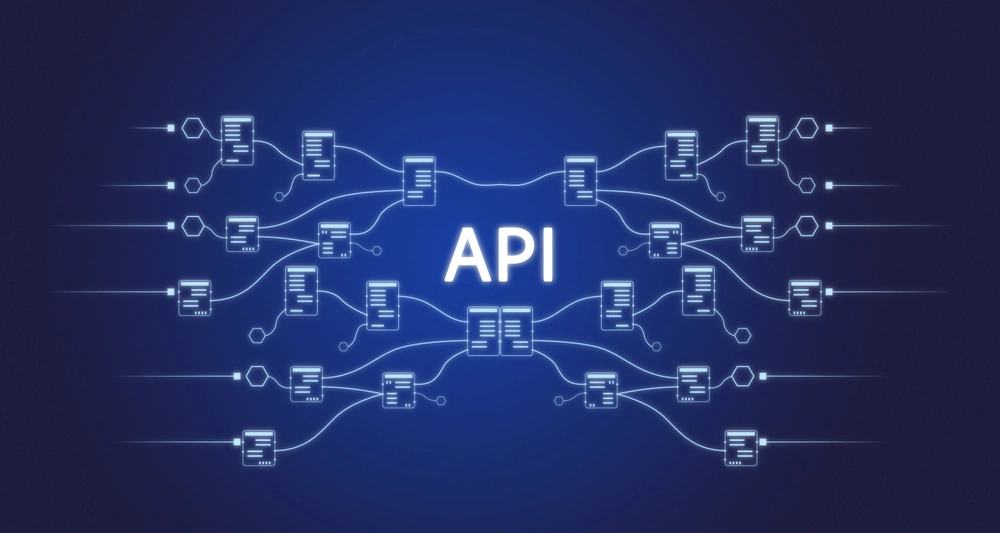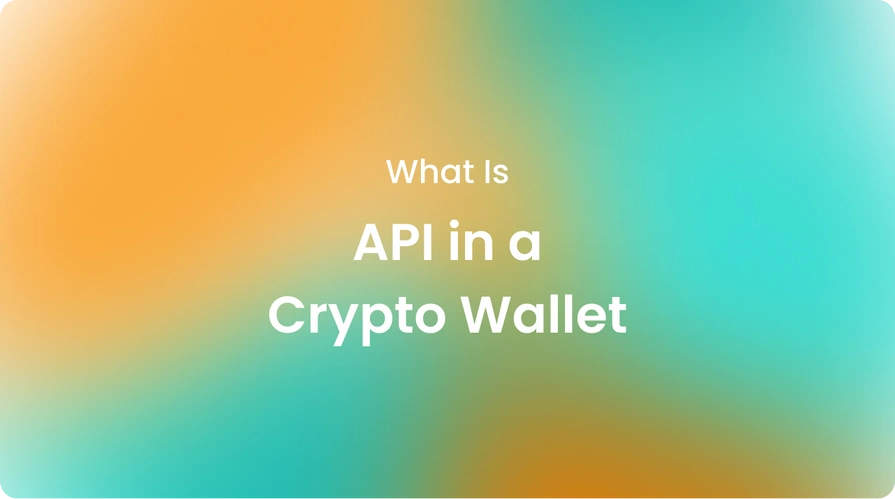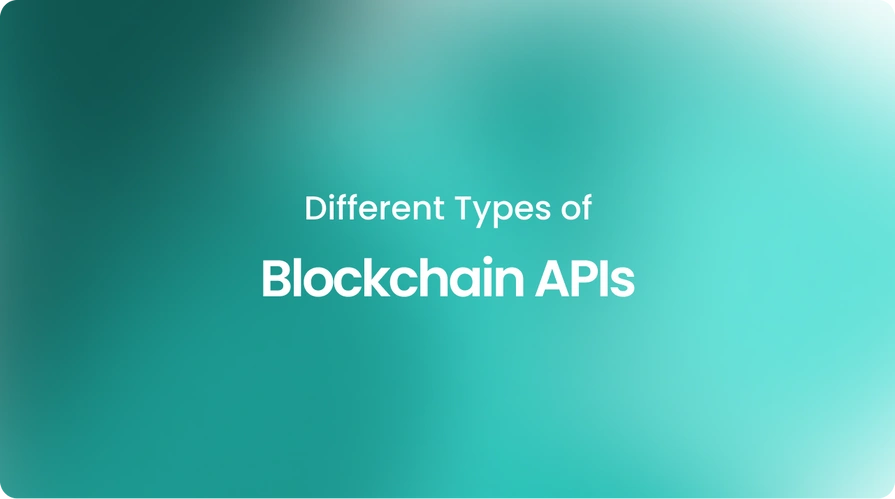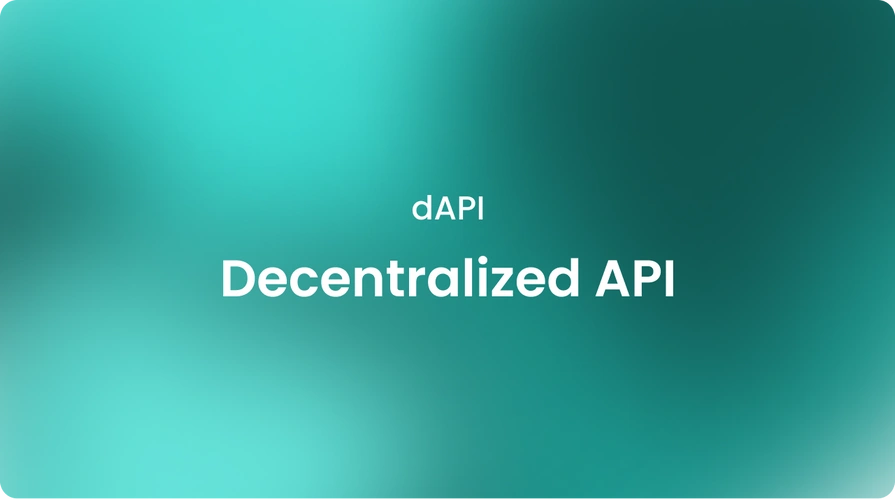|technology, knowledgehub
What Is an Application Programming Interface (API)?
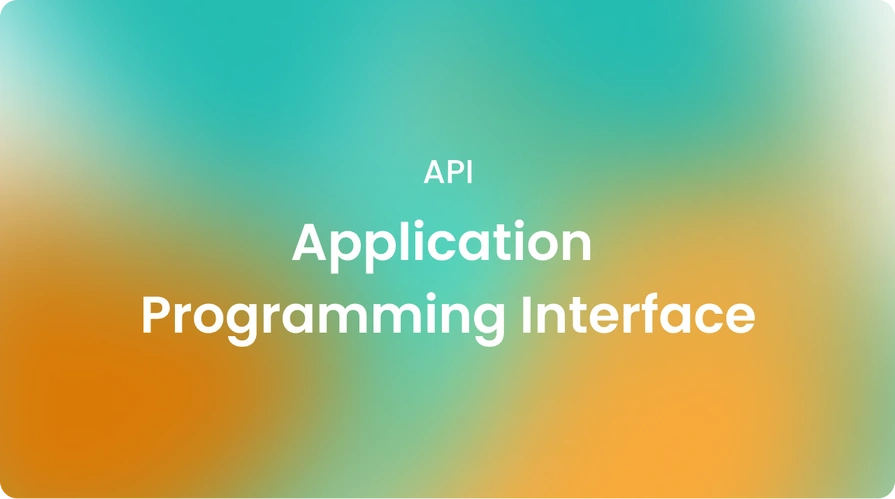
Application programming interfaces, or APIs, are changing the way businesses connect with customers and developers alike. An API is a collection of rules or protocols that empowers software applications to connect with one another and share data, features, and functionality.
It provides a secure method for application owners to share their data and functionality with internal departments as well as outside parties, streamlining the application development process by integrating data from other apps.
This article will explore what APIs are, how they work, common types of API, integration patterns, and more. By the end, you'll have a solid understanding of why APIs are so important in today's digital landscape. Let’s begin!
How do APIs work?
At their core, APIs work as messengers between applications, bridging communications between a client application and a server application. When one application wants to access or modify data in another application, it sends a request to that application's API endpoint.
The API then receives the request, processes any input parameters, validates authorization, and sends back a response, typically in JSON or XML format. This is how APIs work in general.
However, you may also want to learn more about APIs and how they work in the crypto ecosystem. To find out more, make sure to check out “API access for your crypto exchange” and “API in a crypto wallet.”.
Basic API principles
All APIs, regardless of type or use case, generally follow a few basic principles. They have standardized request and response formats for easy parsing. Unique API endpoints handle specific resource requests.
The API returns data as JSON or XML to the client application. Lastly, they rely on HTTP methods like GET, POST, PUT, and DELETE as the protocol for transmitting requests and receiving responses.
What are the types of APIs?
The main types of APIs used today include:
- REST APIs
- Web APIs
- Native APIs
- Data APIs
- Mobile APIs
- Blockchain APIs
- Decentralized APIs
Let’s explore the most common types: REST API and Web API!
What is the REST API?
REST, or Representational State Transfer, is an architectural style and methodology for designing networked applications that uses common interface conventions to access and manipulate representations of resources on servers. Many APIs follow the REST approach due to its simplicity.
What is a Web API?
A web API is simply an API that is accessible using regular web protocols, such as HTTP, over the internet or within a private network. Web APIs power many web and web-connected applications that need to retrieve or send data over the web.
API use cases and benefits
There are unlimited use cases for APIs across industries. Here are some of the examples of API use cases:
- Social media APIs power third-party clients and integration with other services.
- Gaming APIs enable modding, statistics, and multiplayer functionality.
- E-commerce APIs integrate payments, inventory, and transactions across systems.
- Businesses use Logistics APIs to track shipments and integrate carriers with their software.
- Mapping APIs display maps and routing directions on websites and apps.
Additionally, APIs provide tremendous value for developers and businesses. Here are some of the API benefits:
- Expand digital ecosystems by allowing third-party innovation in existing services.
- Composability allows you to extend functionality, reuse code, and use features.
- Rapid app development can help improve digital experiences and go-to-market speed.
- Reduce the costs and complexity of integration compared to building custom connections.
Is an API just a library?
While APIs and libraries both allow extending and integrating functionality into software programs, an API performs this job in a more standardized and distributed fashion as compared to a library.
- Applications use libraries as bundled code packages, whereas APIs operate on remote servers that are accessed over the network.
- APIs define interactions between different systems, whereas libraries operate within a single system or application space.
To summarize, APIs standardize interactions through protocols and documentation for broad reuse across platforms, programming languages, and development teams. Libraries, on the other hand, tend to have more autonomous code packages.
What is API integration?
API integration allows different applications, services, and systems to communicate with each other and work together as cohesive units, even if developed independently. Standardized API calls and connectors facilitate this process.
- Integrator developers implement client-side code to access APIs based on the API provider's documentation.
- Connectors transfer data between applications by consuming APIs and outputting results in accordance with integration requirements.
- API endpoints ingest data and process or propagate it to integrate resources and functionality across systems.
What is an API endpoint, and why is it important?
An API endpoint is a destination URL (Uniform Resource Locator) pointing to a specific API resource. It allows clients to initiate API requests and receive responses. Uniform endpoints are critical for APIs to function properly.
- Endpoints serve as addressable contact points for clients' API requests. For instance, https://api.example.com/resources.
- Well-defined API endpoints provide a reliable, consistent, and predictable interface for clients to retrieve or manipulate resources.
- Align endpoint URLs directly with the type of operation (GET, POST, etc.) and resource being targeted.
What is an API gateway?
An API gateway acts as a single entry point for APIs, sitting in front of a collection of back-end services. It enforces authentication, control layers, traffic management, and monitoring for APIs.
It is an essential component of the infrastructure to provide applications because it enables centralized API communication between clients and services. Security, policy enforcement, and monitoring are all features that it provides across a variety of contexts.
It accepts API requests, processes them according to the policies, sends them to the appropriate services, and combines them with responses to simplify the user experience.
In historical deployments, it is also capable of translating between several protocols. For example, an e-commerce website can use an API gateway to fetch product details from a wide range of providers.
What is API testing?
Given the crucial role APIs play in application functionality, it’s important to thoroughly test APIs before deployment. API testing evaluates aspects like interface accessibility, input and output formats, error handling, security, authorization, performance, etc. Key testing types include:
- Unit testing tests individual API endpoints.
- API integration tests ensure that the entire application stack functions correctly from API to client.
- Contract testing validates against API definitions and response schemas.
- Load/performance testing under simulated heavy usage.
- Security testing checks authorization, access control, and input validation.
Why is the API so powerful?
Application programming interfaces have potent impacts because they open up digital ecosystems and drive significant interconnectivity. Here are some of the ways:
- APIs make resources reusable through standardized access, unlocking the value trapped in existing software, data, and services.
- Composable APIs supercharge creativity by allowing entrepreneurs to easily build innovative new applications by stitching together capabilities from different providers.
- API-driven platforms activate network effects by fueling an application economy, incentivizing third-party participation, and driving viral growth.
How do I create an API?
Creating an API involves several important steps:
- Define API endpoints and resources.
- Handle requests and responses.
- Authentication and authorization are essential security measures.
- Documentation.
- Testing.
- Deployment.
- Monitoring and versioning are essential for tracking changes and ensuring the integrity of the project.
How do I write API documentation?
Clear documentation helps developers correctly interact with APIs. Key API documentation components include:
- Getting started with information, such as authentication methods.
- Interactive API reference listing endpoints and parameters.
- Examples show sample requests and responses.
- Description of data schemas and response formats.
- Error codes and possible failure remedies.
- Client libraries, SDKs, and OpenAPI/Swagger specs.
- Versioning details when response structures change.
How do I use an API?
To use an API, developers need to be familiar with a few key concepts:
- Locate the API documentation for available resources and routes/endpoints.
- If needed, register for an API key for authentication.
- Identify the correct URIs and HTTP methods to trigger operations.
- Study sample request-response formats for API calls.
- Dynamically populate request parameters for specific calls.
If you want to use an API in the world of blockchain and cryptocurrency, Cryptobunq is here to help you. As a one-stop-shop crypto service provider, CBQ offers expert crypto exchange API solutions for your individual and business projects.
By integrating crypto exchange API solutions into your business, you can not only adapt to the future but also gain significant opportunities to surpass your competitors.
If you need other blockchain solutions, make sure to check out Cryptobunq's crypto checkout and invoicing, batch crypto payment, custody and wallet, node as a service, and tokenization services.
Additionally, you can follow CBQ blogs and case studies to learn more about our services and the blockchain ecosystem in general. Contact us today for expert crypto services that will fundamentally leverage the power of blockchain technology in your business. Start with Cryptobunq today!
